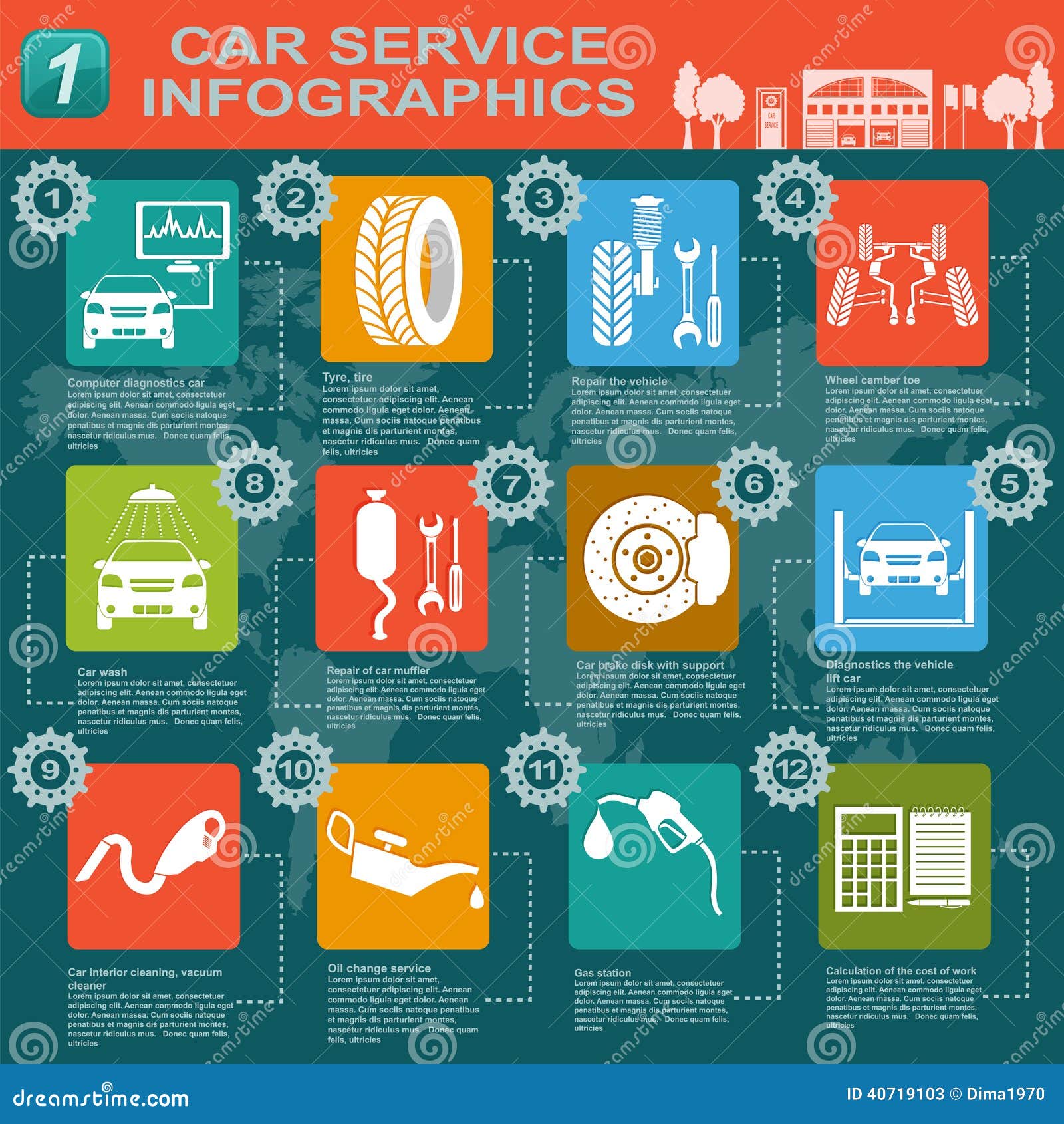Assessing Your Cars And Truck'S Warning Indicators: What They Really Convey
Assessing Your Cars And Truck'S Warning Indicators: What They Really Convey
Blog Article
Material Produce By-Hartley Corbett
When you lag the wheel, those beautiful caution lights on your control panel can be a little bit bewildering. Do you know what they're attempting to inform you about your car's health? Recognizing the significance of these lights is essential for your safety and security and the durability of your lorry. So, the next time one of those lights turns up, wouldn't you want to decode its message precisely and take the needed steps to address it?
Common Warning Lights and Interpretations
Recognize typical caution lights in your cars and truck and recognize their meanings to make sure safe driving.
The most common warning lights consist of the check engine light, which signifies problems with the engine or exhausts system. If this light comes on, it's vital to have your car inspected immediately.
The oil stress advising light indicates reduced oil stress, needing instant interest to avoid engine damages.
source website flashing battery light may recommend a malfunctioning billing system, possibly leaving you stranded otherwise resolved.
The tire pressure surveillance system (TPMS) light alerts you to reduced tire pressure, influencing automobile stability and gas effectiveness. Neglecting this might lead to harmful driving problems.
The abdominal light shows an issue with the anti-lock braking system, jeopardizing your ability to quit promptly in emergencies.
Finally, the coolant temperature level warning light warns of engine overheating, which can result in severe damage otherwise settled swiftly.
Recognizing these common caution lights will certainly help you resolve concerns without delay and maintain secure driving conditions.
Relevance of Prompt Interest
Comprehending the usual caution lights in your auto is only the initial step; the value of promptly attending to these warnings can't be stressed enough to guarantee your safety and security on the road.
When a caution light brightens on your control panel, it's your auto's means of connecting a prospective issue that needs attention. Neglecting these warnings can result in a lot more serious troubles down the road, jeopardizing your safety and potentially costing you more in repairs.
Prompt interest to advising lights can protect against failures and mishaps. As an example, a blinking check engine light might indicate a misfire that, if left ignored, could trigger damages to the catalytic converter. Resolving this quickly can save you from a pricey fixing.
In hand wash car wash , a brake system warning light might indicate reduced brake liquid or worn brake pads, important parts for your safety when driving.
Do It Yourself Troubleshooting Tips
If you see a warning light on your control panel, there are a couple of DIY fixing ideas you can attempt before looking for professional assistance.
The first step is to consult your cars and truck's guidebook to comprehend what the details caution light suggests. In some cases the concern can be as straightforward as a loosened gas cap triggering the check engine light. Tightening the gas cap may fix the problem.
One more typical problem is a low battery, which can set off various alerting lights. Examining the battery connections for rust and guaranteeing they're safe and secure could repair the problem.
If a warning light lingers, you can try resetting it by disconnecting the automobile's battery for a few minutes and afterwards reconnecting it. Additionally, checking your car's fluid degrees, such as oil, coolant, and brake liquid, can help repair cautioning lights connected to these systems.
Conclusion
Finally, understanding your cars and truck's warning lights is crucial for keeping your vehicle running smoothly and safely. By immediately attending to these informs and understanding what they indicate, you can avoid expensive repair work and possible break downs.
Bear in mind to consult your auto's guidebook for specific details on each alerting light and do something about it accordingly to ensure a trouble-free driving experience.
Stay informed, stay secure when driving!
